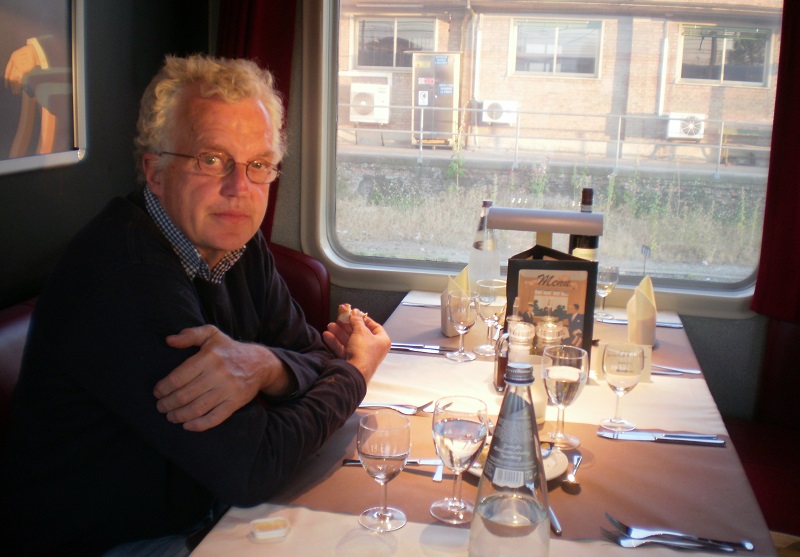The collective wail of commuters was almost audible at stations across the country when they discovered that their season tickets would be going up by 8 per cent in January. It is a predictable and understandable complaint, but it will do nothing to move the government away from its policy of raising fares by 3 per cent above RPI over each of the next three years in order to reduce the burden of the railways on taxpayers and shift it towards rail users, especially the regular ones who form the throng that overcrowds the system twice a day at peak times.
It is, though, a perilous policy that risks alienating large swathes of the Tory heartlands by fleecing rail passengers by means of a policy originally designed to protect them. The decision by the secretary of state for transport, Philip Hammond, to raise substantial amounts from these fare rises – forget the guff about the money being used to invest in the industry – goes to the heart of the question of the purpose of the railways in the 21st century, exposing the sham that this strange industry, a unique blend of the old and the new, has been privatised in any meaningful sense of the term.
For nearly a century, since the car and the lorry eroded the Victorian railway’s monopoly on quick and efficient transport, governments have struggled to understand the nature of the beast and have vacillated between treating it as a commercial business and as a social service. On the one hand, the railways are expected to pay their way as much as possible, while on the other, they are seen as an essential part of the infrastructure in the manner of hospitals and schools. With very few exceptions, such as the passenger market in densely populated Japan or in India where the highways are still woefully inadequate, railways need government support to keep running.
The reason is simple. Railways are lumbering, capital-intensive beasts where investment, particularly to meet peak demand, is expensive, be it is to provide extra tracks and signalling or new fleets of trains. Even the most right-wing politicians know that outright privatisation of the railways, with the private sector taking all the risk and being responsible for closing lines, will never happen. They only have to look to the example of Argentina, where the result of outright privatisation was simply the closure of all passenger services and all but a few profitable freight lines.
That is why, 15 years after our own so-called privatisation, Britain has a curious hybrid of a government-controlled but privately operated railway, a kind of ‘pretend capitalism’ that no one is happy with, not least the present government. Far from extricating government from the railways, which was the intent of the Railways Act 1993 passed by the then prime minister, John Major, the state is irrevocably bound up in every major decision on railway matters. Just look at the recent fuss over the Thameslink order which went to the German company Siemens, rather than British-based Bombardier.
The irony of railway privatisation was that it increased the burden on taxpayers rather than reducing it. Hammond’s aim is to reduce the present bill of around £5bn of taxpayers’ money to £3bn, through a series of cost-cutting measures, informed by the McNulty report on the industry published in the spring, and fares rises.
Yet, the fares regulation created by the 1993 Act was originally intended to protect commuters, who are a captive market, from unfair rises imposed by rapacious monopoly train operators. It was decided that season tickets should be regulated precisely because commuters have little choice but to travel by train, but now it is the government itself that is exploiting their vulnerability. Originally, regulated fares were set to rise by a maximum of 1 per cent below inflation. Labour changed this to 1 per cent above inflation, and now, with the coalition government we have these swingeing rises of RPI plus 3 per cent.
Privately, ministers might suggest that they are not in the business of subsidising well-heeled commuters in Woking at the expense of far poorer people in Worksop or Wansdyke with little access to the railways but that is to make two cardinal errors. First, our friends in Woking who work in the city have little alternative to using the train, since the roads are virtually impassable at peak times and there is no available parking. Secondly, London is the engine of growth of the economy and needs a decent, affordable transport system. More than 70 per cent of rail journeys start or end in the capital, and therefore these rises will have a disproportionate affect on its economy.
The fact that Philip Hammond represents a commuting constituency suggests he has taken a calculated risk that nothing will stop his constituents from supporting this Tory cause, however hard he hits them. It is a political gamble that could all too easily backfire.
